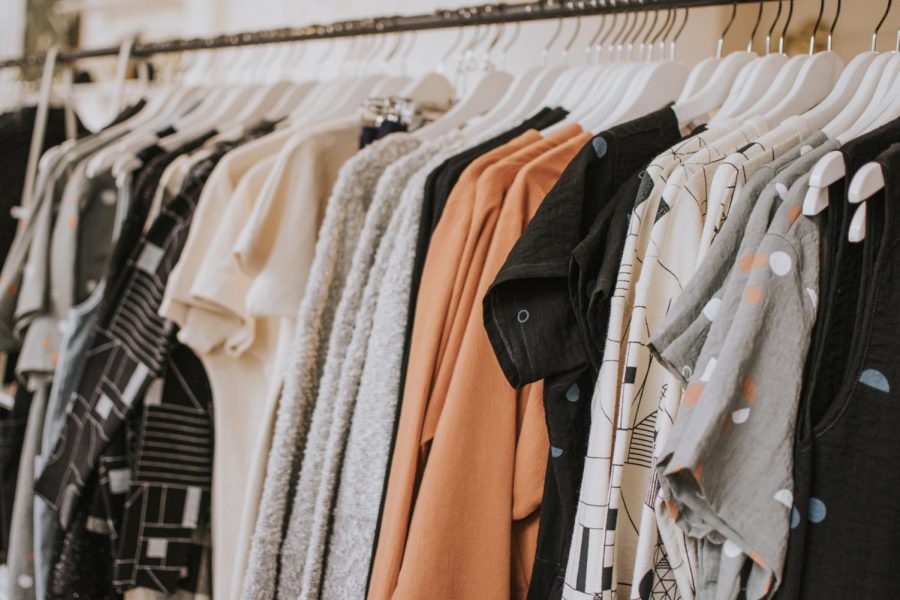Why You Should Start Thrifting and Stop Participating in Fast Fashion
October 25, 2020
The Good Will, The Salvation Army, and Crossroads; all thrift stores which can be found everywhere in the Bay Area, filled to the brim with affordable second-hand clothes. You might be hesitant to go to a thrift store or used to buying new clothes, but everyone should stop participating in fast fashion, and start thrifting.
The label fast fashion is vague, but applies to all companies that produce an abundance of on-trend new clothing that is poorly made with cheap materials, and subsequently create mass amounts of waste. Once you look for fast fashion it becomes impossible to ignore. Brands such as Zara, H and M, The Gap, Uniqlo, and Forever 21 are all fast fashion-based. Their market statement is to produce as much on-trend clothing for the least amount of overhead. This leads to different factors that hurt our environment and society.
One large reason to buy second-hand items is for the environment. When you participate in fast fashion you are buying clothes made in almost the least ecologically-friendly way possible. The common materials used are made with toxic chemicals that tend to run off into the communities that work at the clothing plants. Each item produced takes hundreds of gallons of water. Fast fashion as a whole accounts for 20% of global water waste. Even when companies use less water, fast fashion producers still waste hundreds of kilometers of fabric during production.
These fast fashion brands not only hurt the environment, but they prey on the most low-income communities. To maximize profit, these brands use sweatshop labor to produce their clothing in the cheapest and quickest way possible. This exploitation takes place all over the world, in places like China, Indonesia, Bangladesh, and even Los Angeles. Sweatshops have grueling conditions. Typically, people work for 15 hours a day and make only 13 cents per garment made. In L.A., Fashion Nova, a popular and trendy brand, hired undocumented immigrants, and forced them to work at this low wage.
So, why should you thrift? Thrifting solves some of the major problems that fast fashion creates. Second-hand clothes have a lower environmental impact because they are re-circulated instead of thrown in the landfill. If every person thrifted more, there would be less of a demand for this cheaply made clothing. Thrifting is also more affordable. It provides low-cost clothing that is better for the environment and has so much variety that anyone can find something they like.


